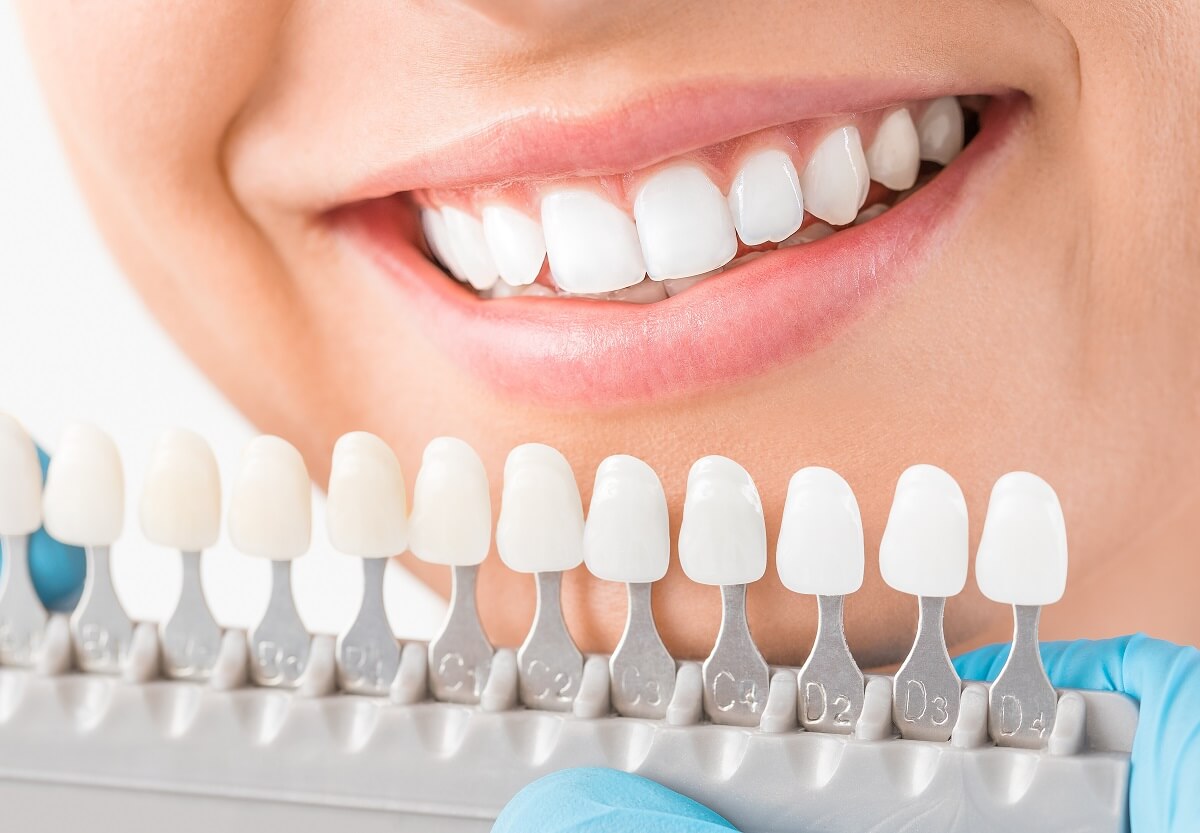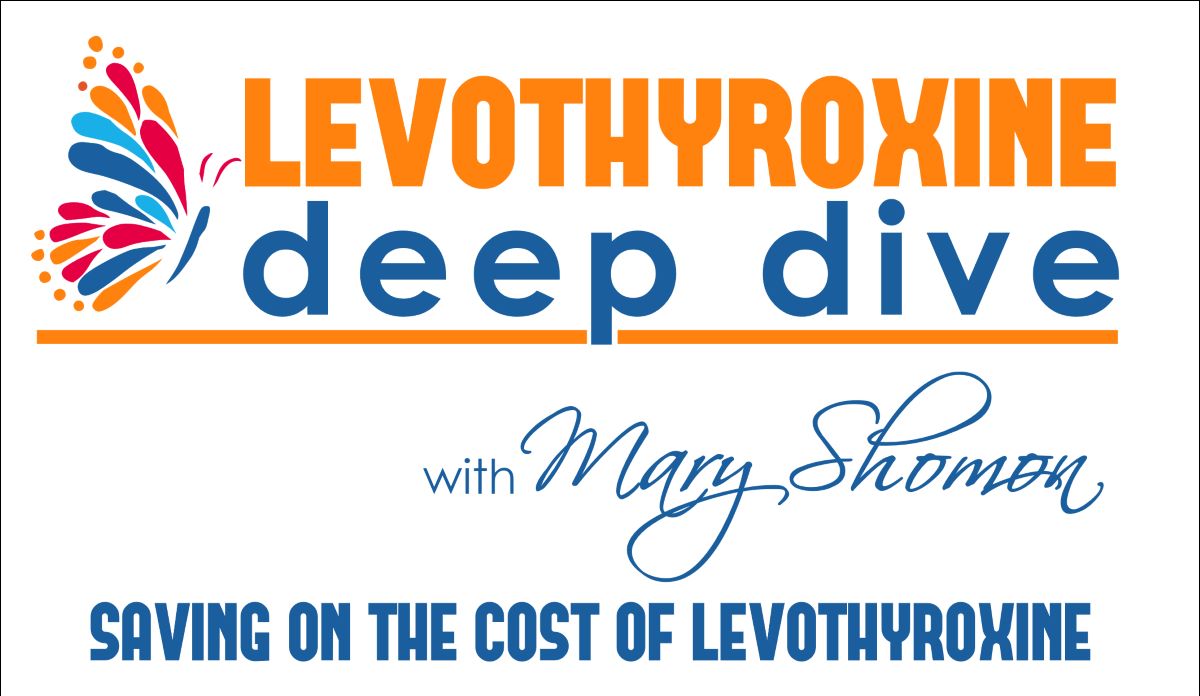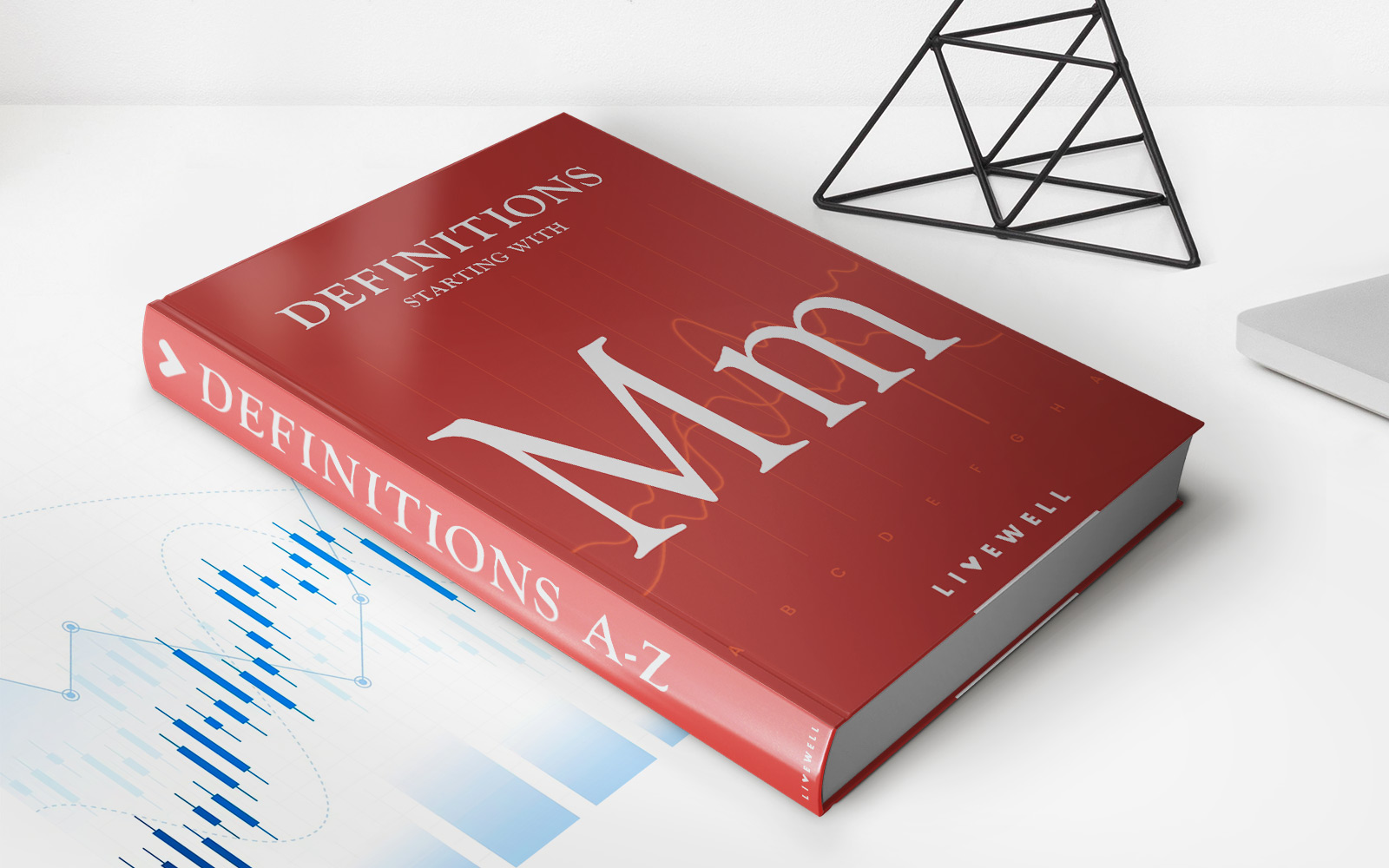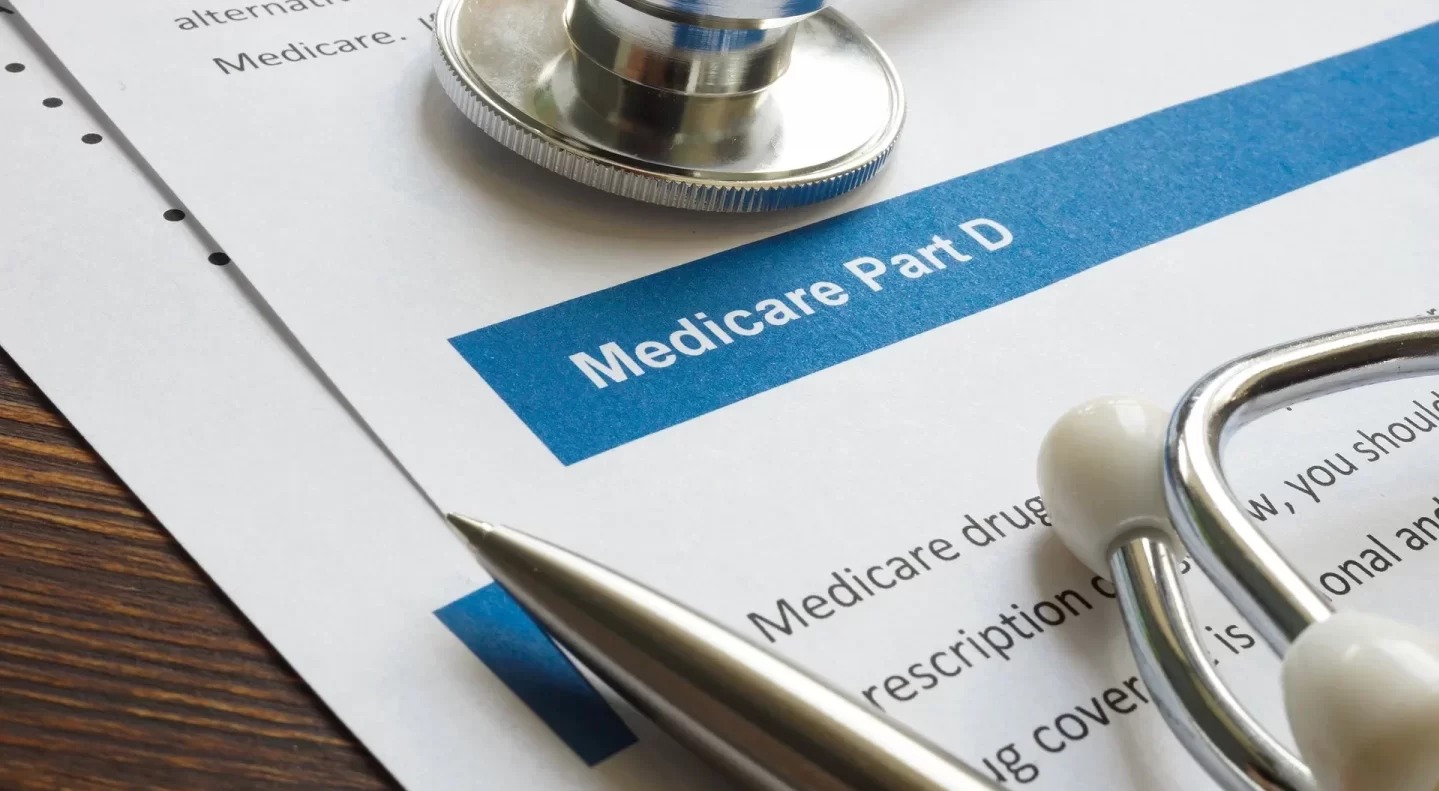Home>Finance>How Much Does Invisalign Cost Without Insurance?
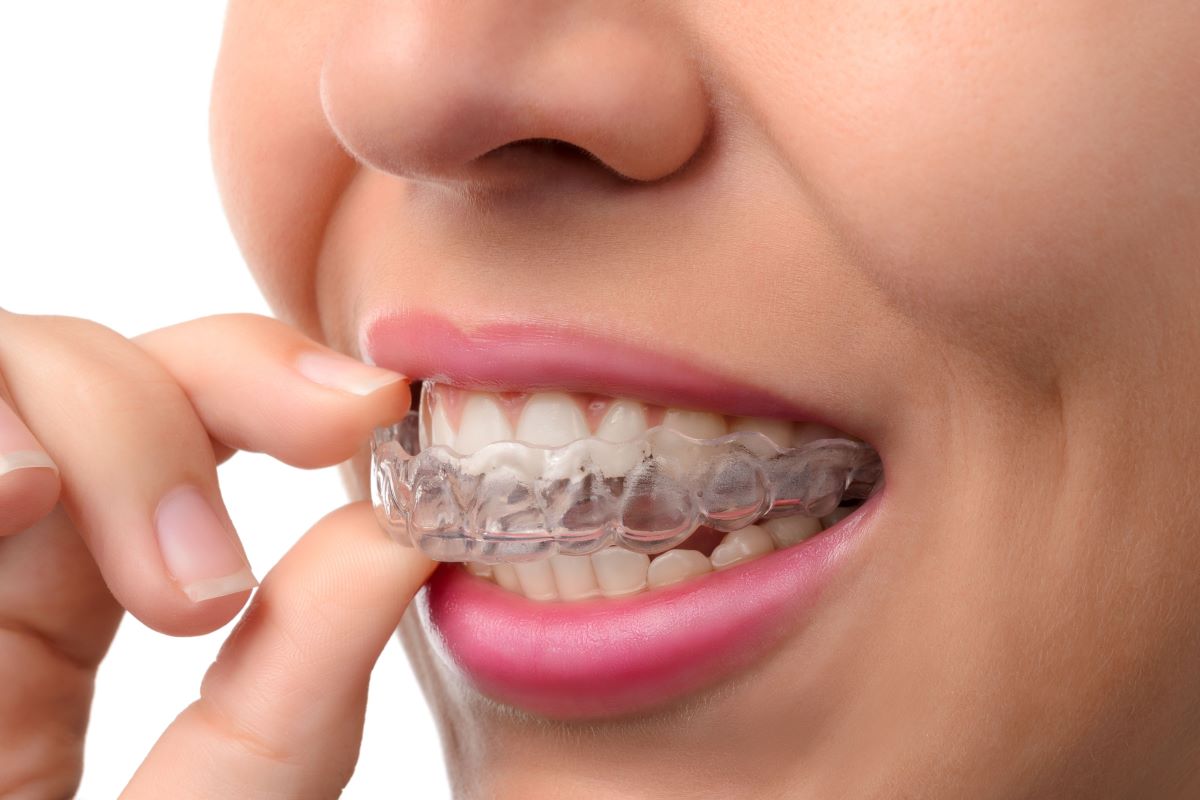

Finance
How Much Does Invisalign Cost Without Insurance?
Modified: February 21, 2024
Discover the cost of Invisalign treatment without insurance and how to finance it. Get expert tips and advice on affordable options for your perfect smile.
(Many of the links in this article redirect to a specific reviewed product. Your purchase of these products through affiliate links helps to generate commission for LiveWell, at no extra cost. Learn more)
Table of Contents
Introduction
Getting a straight, confident smile is a goal for many people, and Invisalign has become an increasingly popular choice for teeth straightening. However, one major concern for those considering Invisalign treatment is the cost, especially if they don’t have insurance coverage. In this article, we will explore the factors that influence the cost of Invisalign treatment without insurance and present some affordable alternatives.
Invisalign is a modern orthodontic treatment that uses a series of clear aligners to gradually straighten teeth. Compared to traditional braces, Invisalign offers a more discreet and convenient option, as the aligners are virtually invisible and can be removed when eating or cleaning teeth.
When it comes to the cost of Invisalign treatment, it’s important to understand that several factors can influence the final price. These factors include the severity of the dental misalignment, the duration of the treatment, the geographic location, and the experience and expertise of the orthodontist.
Without insurance coverage, the cost of Invisalign treatment can seem daunting. However, it’s worth noting that the cost varies depending on individual circumstances and location. In general, the average cost of Invisalign treatment without insurance falls within a certain range, but there are also payment options and alternatives that can make it more affordable.
Throughout this article, we’ll delve deeper into the factors that affect Invisalign cost without insurance, discuss the average cost range, explore payment options, and present some affordable alternatives. By the end, you’ll have a better understanding of what to expect in terms of cost and how to make Invisalign treatment more affordable.
Factors Affecting Invisalign Cost without Insurance
When considering the cost of Invisalign treatment without insurance, there are several factors to take into account. These factors can significantly influence the overall price of the treatment. Understanding these factors will help you better estimate the cost and make an informed decision. Here are the key factors that affect the cost of Invisalign without insurance:
- Severity of Dental Misalignment: The complexity of your orthodontic issues plays a crucial role in determining the cost of Invisalign treatment. If you have minor misalignments or spacing issues, the treatment may be shorter and less expensive. However, if you have severe crowding, spacing, or bite problems, the treatment will likely be more complex and require more aligners, leading to higher costs.
- Duration of Treatment: On average, Invisalign treatment takes anywhere from 6 to 18 months, depending on the individual case. The longer the treatment duration, the more aligners will be needed, resulting in increased costs. Additionally, complex cases may require more frequent dental visits and adjustments, adding to the overall cost.
- Geographic Location: The cost of Invisalign treatment can vary based on the location of the orthodontic practice. Areas with a higher cost of living and higher demand for dental services may have higher treatment costs. Urban areas tend to have higher prices compared to rural areas.
- Orthodontist’s Experience and Expertise: The skill and experience of the orthodontist can influence the cost of Invisalign treatment. Orthodontists with extensive experience and a strong reputation may charge higher fees for their services. It is important to find a reputable orthodontist who specializes in Invisalign treatment for the best results.
It is important to schedule a consultation with an orthodontist to assess your specific needs and receive an accurate cost estimate for Invisalign treatment. During the consultation, the orthodontist will evaluate your oral health, discuss treatment options, and provide a customized treatment plan with associated costs.
Average Cost of Invisalign Treatment without Insurance
The cost of Invisalign treatment without insurance can vary depending on the factors mentioned earlier. On average, the cost of Invisalign treatment in the United States falls between $3,000 to $7,000. However, it’s important to note that this is just an estimate, and actual costs can be higher or lower depending on individual circumstances.
The severity of your dental misalignment and the length of the treatment are the primary factors that affect the cost. Less complex cases requiring minor adjustments may fall toward the lower end of the cost range, while more complex cases requiring extensive corrections may fall toward the higher end.
Additionally, the geographic location plays a role in the cost of Invisalign treatment. Dental fees can vary across different regions and cities, so it’s a good idea to research local orthodontists and compare prices in your area.
While the initial cost of Invisalign treatment without insurance may seem pricey, it’s important to consider the long-term benefits. Invisalign can improve your oral health, boost your confidence, and provide lasting results. Furthermore, many orthodontists offer payment plans and financing options to make the treatment more affordable and manageable.
During your consultation with an orthodontist, they will provide a detailed breakdown of the costs involved in your specific case. This will include the cost of the initial consultation, diagnostic records (such as X-rays and impressions), the series of aligners, orthodontic appointments, and any additional treatments that may be required, such as retainers after the active treatment.
Keep in mind that while cost is an important consideration, choosing a skilled and experienced orthodontist is crucial to ensure the best outcomes. You want to work with a professional who has expertise in Invisalign treatment and can provide personalized care throughout your orthodontic journey.
Payment Options for Invisalign Treatment without Insurance
Financing your Invisalign treatment without insurance may seem challenging, but there are several payment options available to help make the cost more manageable. Here are some popular payment options to consider:
- Payment Plans: Many orthodontic practices offer in-house payment plans that allow you to spread out the cost of your Invisalign treatment over a specified period. These plans often involve making monthly payments, making it easier to fit the cost into your budget. It’s important to inquire about the terms and interest rates associated with these payment plans before committing.
- Credit Cards: Using a credit card with a low interest rate or a promotional offer can be an option to finance your Invisalign treatment. It’s important to carefully consider the interest rates, fees, and repayment terms associated with using a credit card for large expenses.
- Healthcare Financing: Some financial institutions provide healthcare financing options specifically for medical and dental procedures. These financing plans may offer low or no interest rates for a specified period, making it a more affordable option for Invisalign treatment. It’s advisable to research and compare different healthcare financing providers to find the best terms and rates.
- Savings and Flexible Spending Accounts: If you have a savings account or a flexible spending account (FSA) with funds set aside for medical expenses, you can use these to cover the cost of your Invisalign treatment. It’s important to check with your account provider regarding the rules and regulations for eligible expenses.
- Orthodontic Insurance Plans: While you may not have overall dental insurance coverage, some orthodontic insurance plans specifically cover orthodontic treatments such as Invisalign. These plans can help offset some of the costs associated with Invisalign treatment. It’s worth researching and comparing different orthodontic insurance options to see if they are a viable solution for you.
Before proceeding with any payment option, it’s essential to discuss your financial situation and preferences with your orthodontist. They can provide guidance on available payment options and help you choose the best one for your specific needs. Make sure to fully understand the terms, interest rates, and any associated fees before finalizing any payment arrangement. Remember, investing in a beautiful smile can have long-lasting benefits for your oral health and self-confidence.
Affordable Alternatives to Invisalign Treatment without Insurance
If the cost of Invisalign treatment without insurance is beyond your budget, there are alternative options to consider that can help achieve a straighter smile at a more affordable price. While these alternatives may have their limitations and may not be suitable for everyone, they can be effective options for certain cases. Here are a few alternatives to Invisalign:
- Clear Aligners from Generic Brands: Several generic brands offer clear aligners that work similarly to Invisalign but at a lower cost. These brands often provide mail-order aligners that can be done remotely without the need for in-person orthodontic visits. However, it’s important to carefully research and choose a reputable brand and ensure that a licensed dentist or orthodontist oversees the treatment plan.
- Traditional Braces: While not as aesthetically pleasing as Invisalign, traditional metal or ceramic braces are still an effective and more cost-effective option for teeth straightening. Braces can address a wide range of orthodontic issues and are typically more affordable than Invisalign treatment.
- Lingual Braces: Lingual braces are similar to traditional braces, but instead of being placed on the front of the teeth, they are placed on the back surface, making them less visible. Although lingual braces can be more costly than traditional braces, they can be a suitable alternative for individuals seeking a discreet treatment option.
- Retainers: In some cases, especially for minor tooth adjustments and maintaining previous orthodontic work, wearing retainers may be a viable option. Retainers are custom-made to fit your teeth and can help maintain alignment and prevent further shifting.
- Dental Schools: If you’re comfortable with being treated by dental students under the supervision of experienced professionals, dental schools often provide orthodontic treatment at a reduced cost. This can be an affordable option for individuals who are willing to have their treatment progress at a slower pace due to the learning environment.
It’s important to note that while these alternatives may save you money, they may not be as convenient or provide the same level of customization as Invisalign. It’s crucial to consult with an orthodontist or dentist to determine which alternative option is the most suitable for your specific dental needs.
Remember, regardless of the treatment option you choose, maintaining good oral hygiene and adhering to the orthodontist’s instructions are essential for achieving positive outcomes and the desired results.
Conclusion
When it comes to Invisalign treatment without insurance, the cost can be a significant factor to consider. However, with careful research and exploring different options, achieving a straighter smile may still be within reach.
In this article, we’ve discussed the factors that affect the cost of Invisalign treatment, including the severity of dental misalignment, treatment duration, geographic location, and the experience of the orthodontist. While the average cost of Invisalign treatment without insurance falls within a range of $3,000 to $7,000, it’s important to remember that your individual circumstances may result in a higher or lower cost.
We’ve also explored various payment options to make Invisalign treatment more affordable, such as payment plans, healthcare financing, credit cards, and utilizing savings or flexible spending accounts. Additionally, we’ve highlighted some alternative options for those seeking more budget-friendly alternatives, including clear aligners from generic brands, traditional braces, lingual braces, retainers, and seeking treatment at dental schools.
It’s crucial to prioritize your oral health and consult with a reputable orthodontist to determine the best treatment plan for your specific needs. The orthodontist will be able to provide an accurate cost estimate, personalized recommendations, and guide you through the available payment options.
Remember, investing in your smile is an investment in your self-confidence and overall well-being. While the upfront cost of Invisalign treatment without insurance may seem daunting, the long-term benefits make it a worthwhile investment. By exploring payment options, considering alternatives, and consulting with professionals, you can embark on your journey to a straighter, more confident smile.

